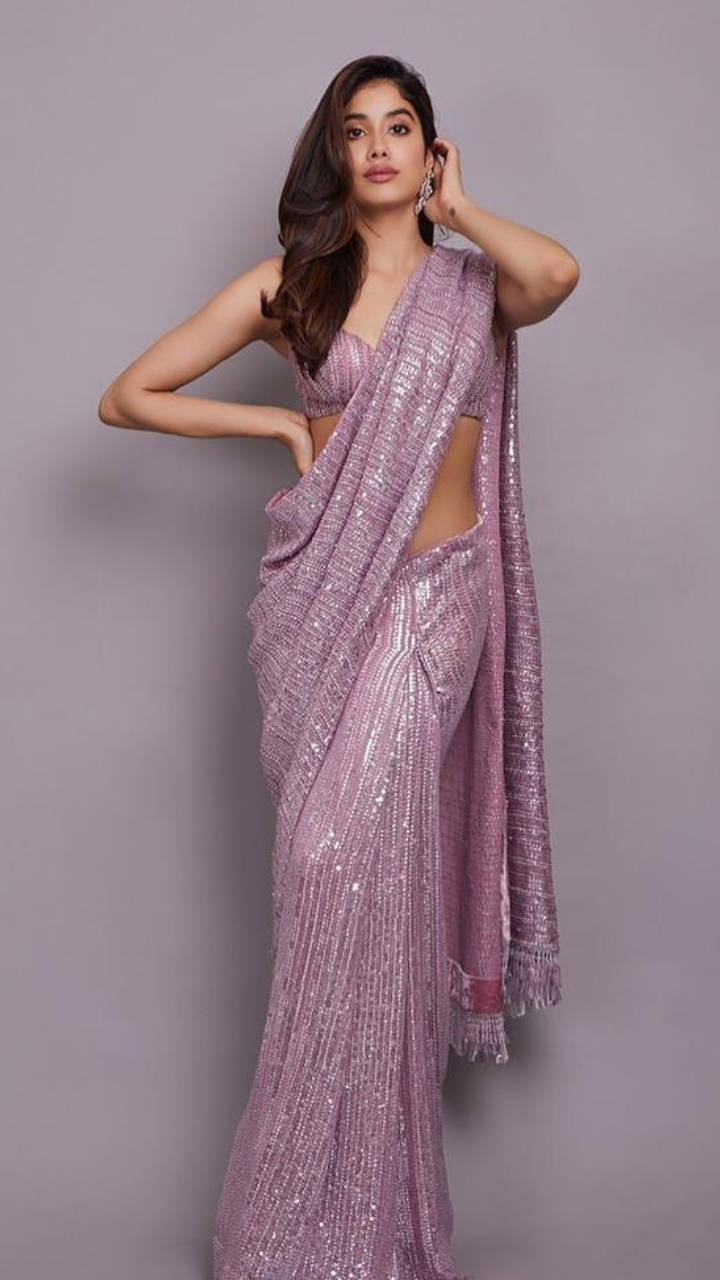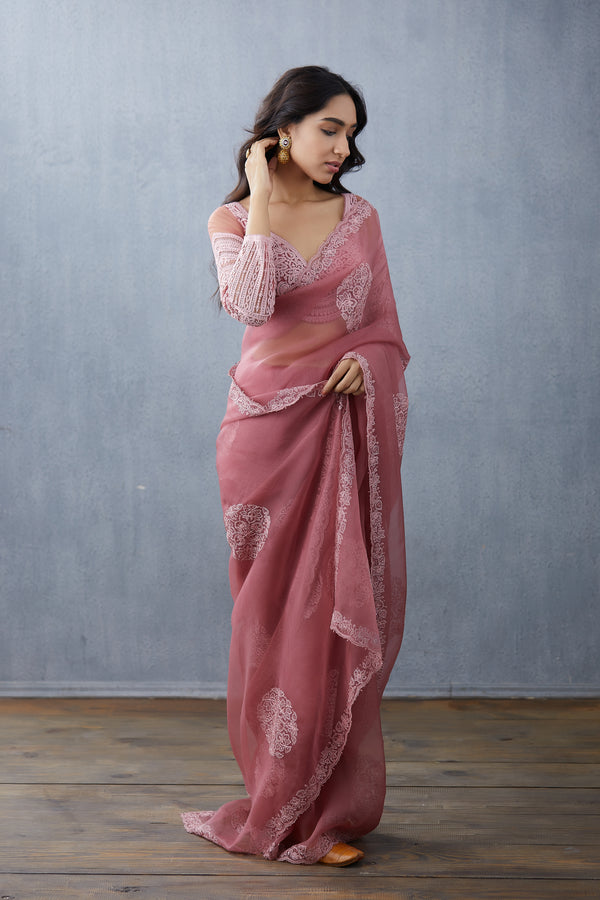
5 Different Ways of Draping a saree: When it comes to Indian culture and tradition, there are several things we love. The endless varieties of food enjoyed by every community, the festivals that are celebrated regardless of one’s mother tongue, the age-old traditions and practices that are still considered to be just as essential as they once were; everything is fascinating and deeply treasured! Even our weddings are a ‘celebration’ in the most literal sense of the term. People from the world over come to our nation to experience its diverse and vibrant nature, and NEVER go back disappointed. Really, what’s not to adore?
Just as we hold our ancestral practices close, we also cherish and preserve our heirloom pieces that are passed down over generations. For us, they’re the real ‘wealth’ and certainly shouldn’t be taken lightly. From jewellery to clothing, household items to precious kitchenware – everything holds a designated spot in our homes.
But there is one thing that is considered to be an ‘essential’ by every Indian woman no matter her age and ethnicity, and that’s the saree. Considered to be a staple in our country, the saree is a timeless treat! Ask any woman and she’ll tell you how true this is, and she might also have a story to tell about one of the drapes in her closet! This simple piece of clothing has established itself as a masterpiece, and that status is never going away – but only getting better.
Sarees age like fine wine! They’re not just a top pick for daily wear or office dress codes but are also highly sought-after for festivities and wedding celebrations. We aren’t surprised – because the humble saree can do it all and do it well! Even non-Indians have not been immune to its charm. It is sensual yet elegant, free-flowing yet bold. Sounds a lot like a superpower; doesn’t it?
Here are 5 different ways of draping a saree for the festivities. We suggest you take notes!
Ulta Pallu Style
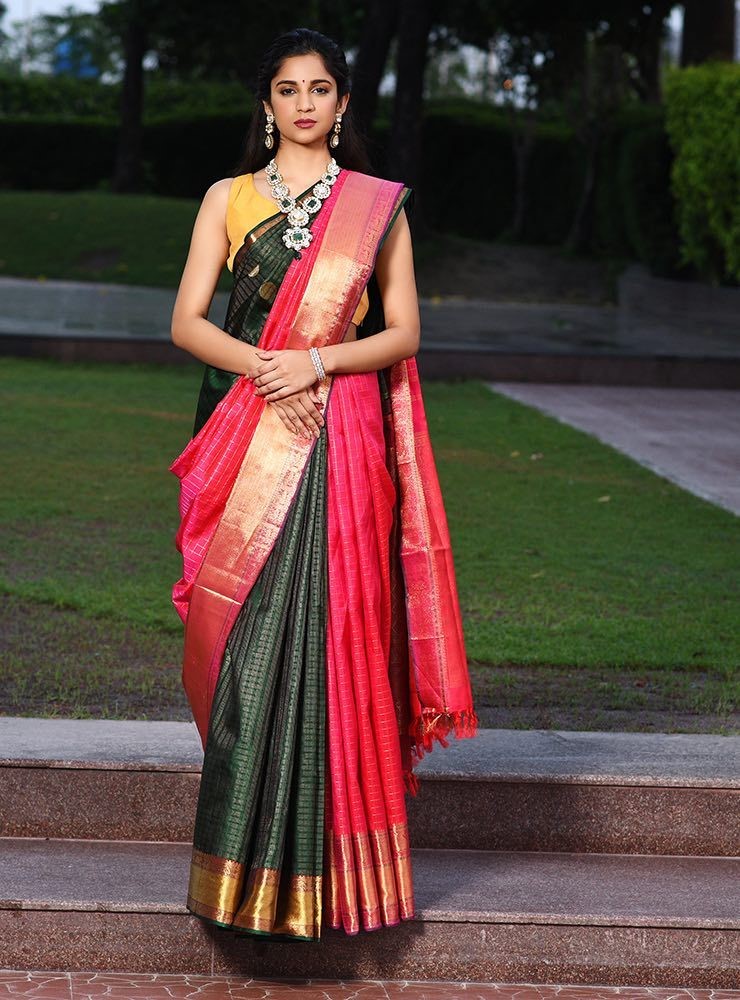
This is the most common and simple saree draping style. You can try this classic drape with any saree – right from cotton, silk, chiffon to georgette and Khadi. And, to give this ethnic look an edge, you can accessorise it with a belt.
In fact, when quizzed about how to wear saree in different style forms, the Ulta Pallu has a lot of variations, depending on the region that it is taken from.
Bengali Style or Athpourey Saree
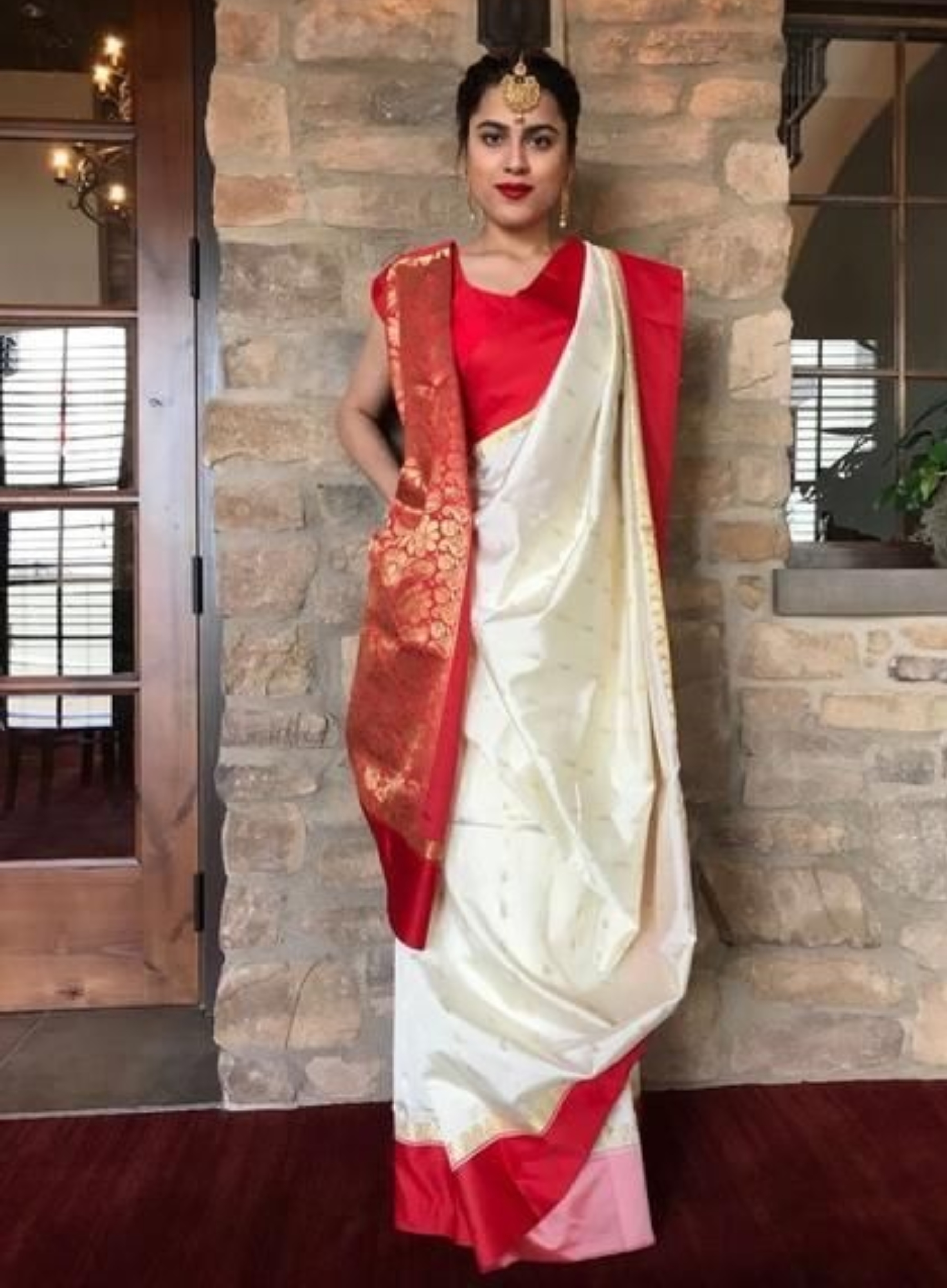
Think Athpourey saree, and you’ll instantly picture Bengali women in their quintessential ‘Garad’; a traditional white saree with red pallu, accessorised in beautiful red and white bangles and their trademark red bindi.
This is the most recognisable and distinct style of draping a saree as unlike the modern day saree, a Bengali saree style has a set of box pleats and two pallus draped over both the shoulders. Traditionally, women used to tie their bunch of keys to their pallu thrown over the right shoulder.
To flaunt this style you can choose a traditional yet timeless Bengali Tant, Jamdani, Baluchari or a handloom cotton saree.
Gujarati or Front Drape
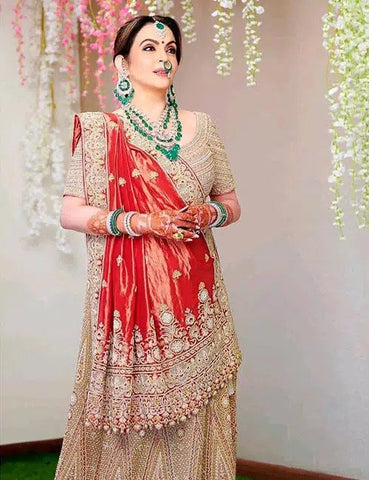
This is also known as the Seedha Pallu style as the drape comes in the front. Besides Gujarat, this saree draping style is also popular in Uttar Pradesh and Odisha. If your saree has some intricate work on the pallu or if you are wearing a heavily embellished saree, go for this style.
Maharashtrian Nauvari or Paithani Dhoti Style
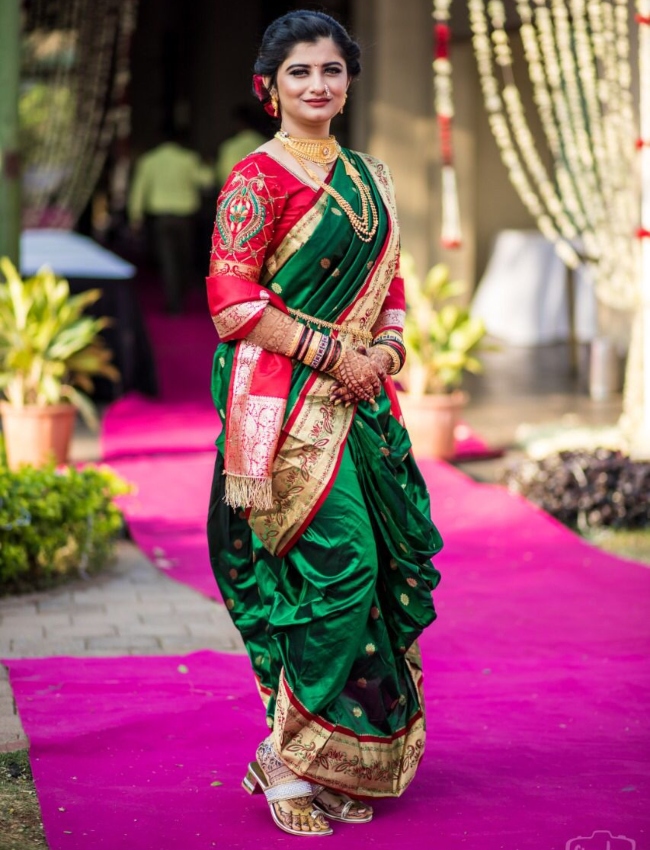
The Nauvari or the 9-yard saree is iconic of Marashtrian style. This style looks like a Dhoti with the upper part worn like a regular saree. You do not need a petticoat to drape a Nauvari, although you can wear shorts or knee-length leggings underneath the saree.
Madisar from Tamil Nadu
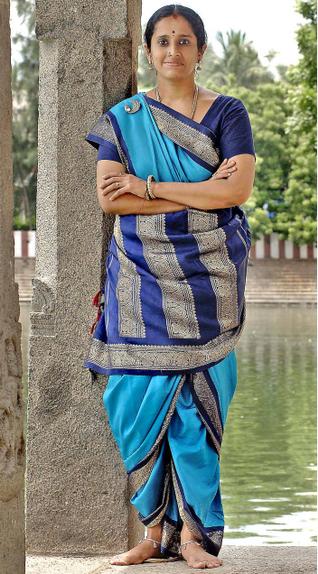
Traditionally, the married women of the Brahmin community of Tamil Nadu used to wear this style. However, these days it’s worn only on special occasions and festivities. Like the Maharashtrian drape, a Madisar style too requires a saree that’s about 9-yards as compared to a common 6- yards saree.
Both Iyers and Iyengars wear Madisars differently; Iyers wear the pallu over the right shoulder, but Iyengars wear it over the left shoulder. Both ways do require an ample amount of patience, especially if this is your first time trying how to wear saree in different style tutorials.
Hi all, my name is Deepa Raghav. I am passionate about writing content on a wide range of general topics and particularly enjoy crafting engaging listicle-style articles.
